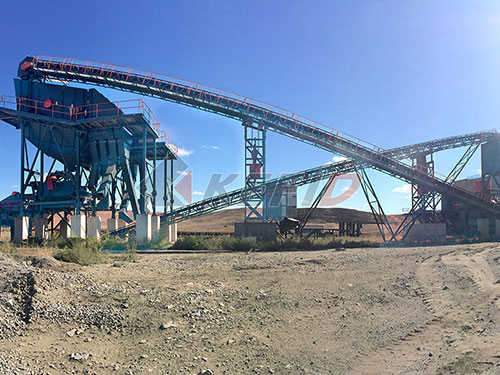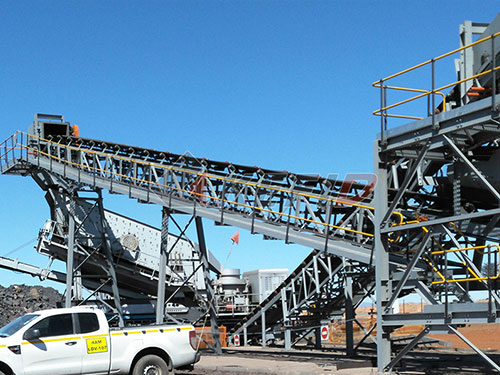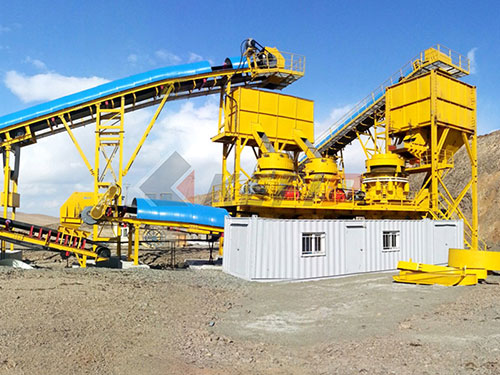Beyond the Price Tag: Demystifying the Total Cost of Ownership for the Trio TC-1048 Jaw Crusher in the Demanding Mongolian Mining Landscape
Introduction: The High-Stakes Game of Crushing in Mongolia

Mongolia’s vast mineral wealth – coal, copper, gold, fluorspar, and rare earth elements – fuels its economic engine and attracts significant global investment. However, unlocking this potential hinges on efficient extraction and processing operations operating within some of the planet’s most challenging environments: extreme continental climates (-40°C winters to +40°C summers), vast distances from major ports and manufacturing hubs, pervasive abrasive dust (especially during spring winds), and often remote site locations with limited infrastructure.
In this high-stakes environment, selecting primary crushing equipment is not merely a procurement decision; it’s a strategic commitment impacting operational viability and long-term profitability for years to come. Focusing solely on the initial purchase price (CAPEX) of a jaw crusher is a critical mistake that can lead to inflated operational expenditures (OPEX), costly downtime, and ultimately diminished returns on investment. This article provides an in-depth analysis of the Total Cost of Ownership (TCO) specifically for the Trio® TC-1048 Jaw Crusher within the unique context of Mongolian mining operations.
Understanding Total Cost of Ownership (TCO)

TCO represents the comprehensive financial assessment of acquiring and operating an asset throughout its entire useful life. For capital-intensive equipment like primary jaw crushers operating in harsh conditions like Mongolia’s mines, TCO encompasses far more than just the invoice price:
1. Capital Expenditure (CAPEX): The initial purchase price.
2. Operational Expenditure (OPEX):
Energy Consumption: Power required to run the crusher motor.
Wear Parts Replacement: Costs associated with replacing liners (jaw dies), cheek plates, toggle seats/seals/plates as they wear.
Consumables: Lubricants (grease/oil), filters.
Maintenance Labor: Time spent by technicians on inspections, adjustments, lubrication schedules, component replacements.
Downtime Costs: Lost production revenue due to unplanned breakdowns or scheduled maintenance stops.
3. Logistics & Installation: Transportation costs to site (often significant given Mongolia’s remoteness), foundation preparation/construction costs, craneage during installation/initial setup.
4. Productivity & Throughput: Impact

Leave a Reply